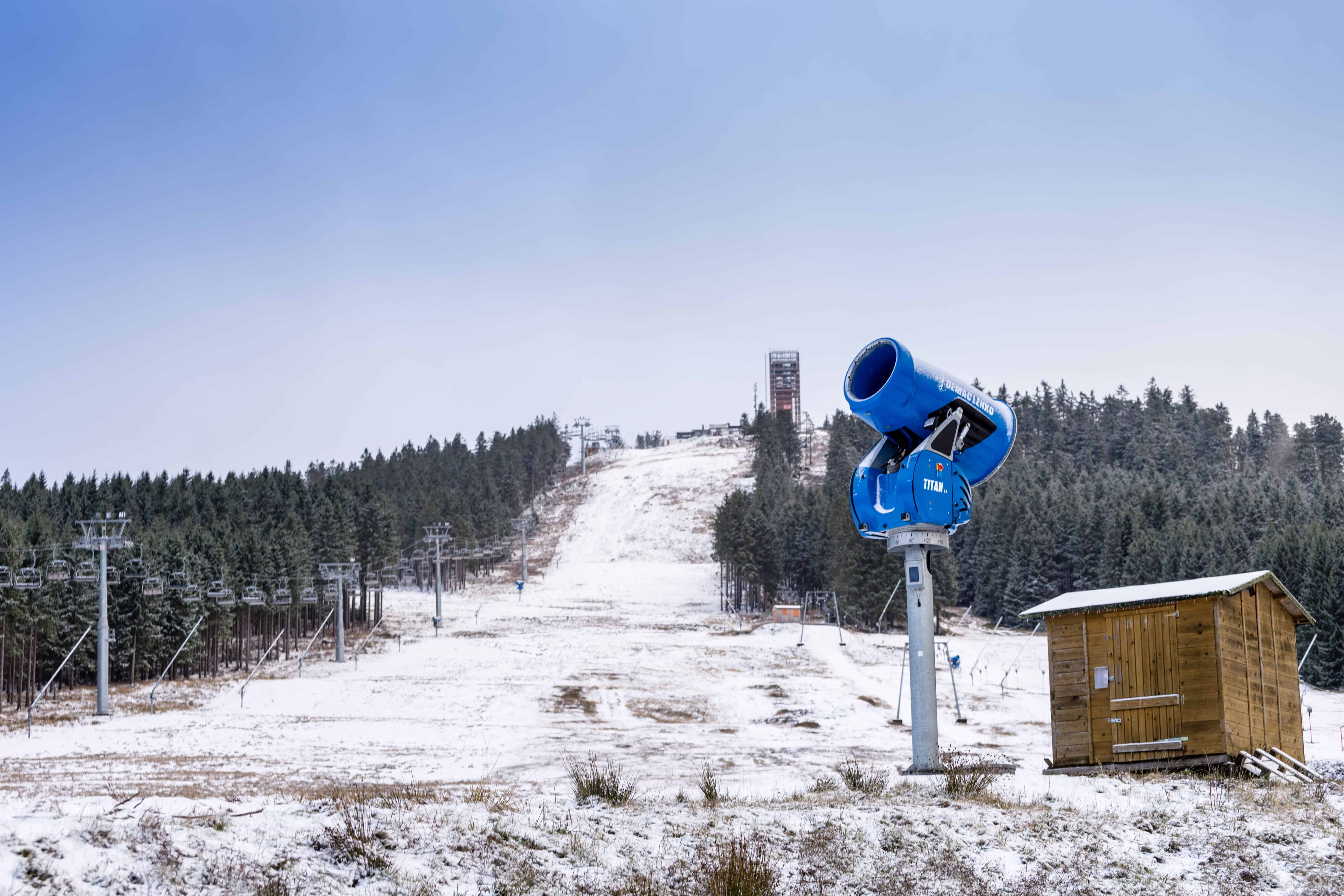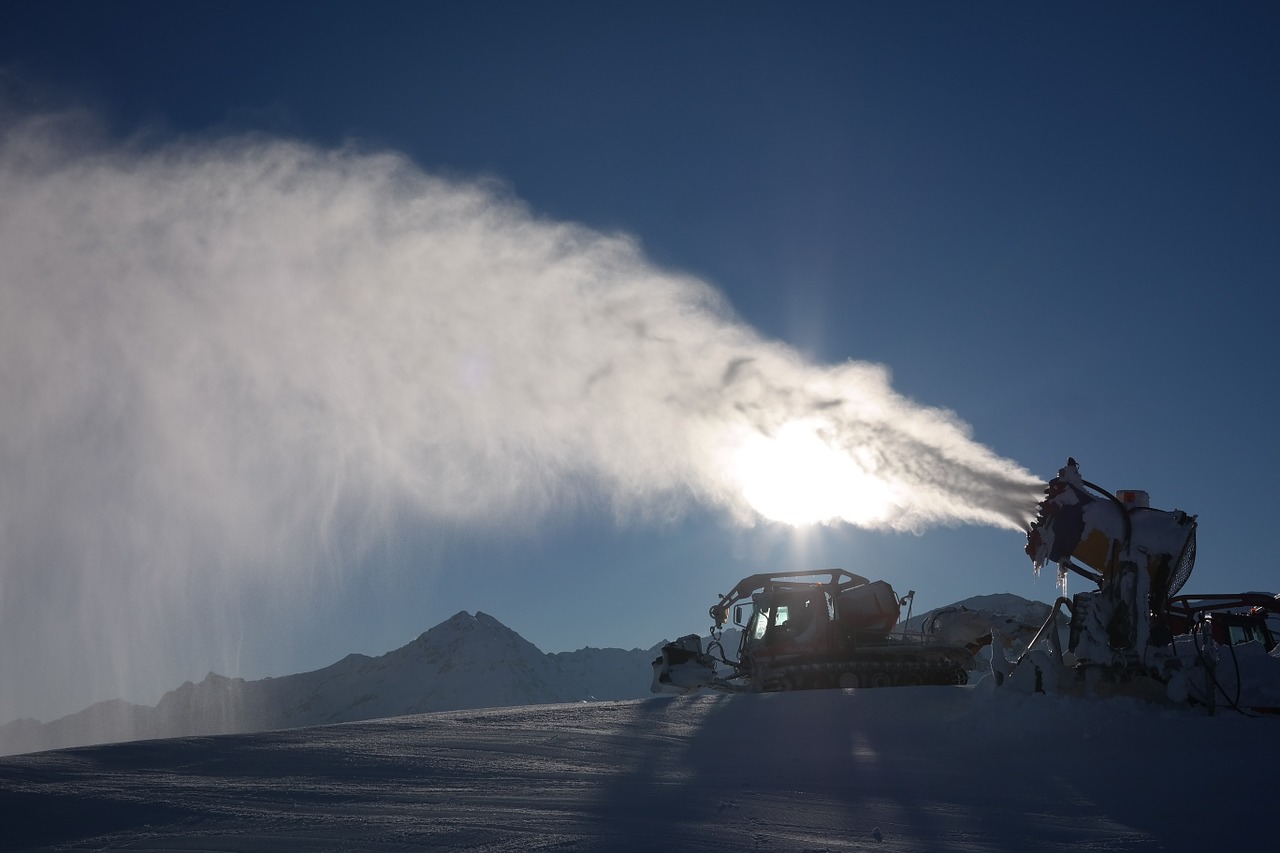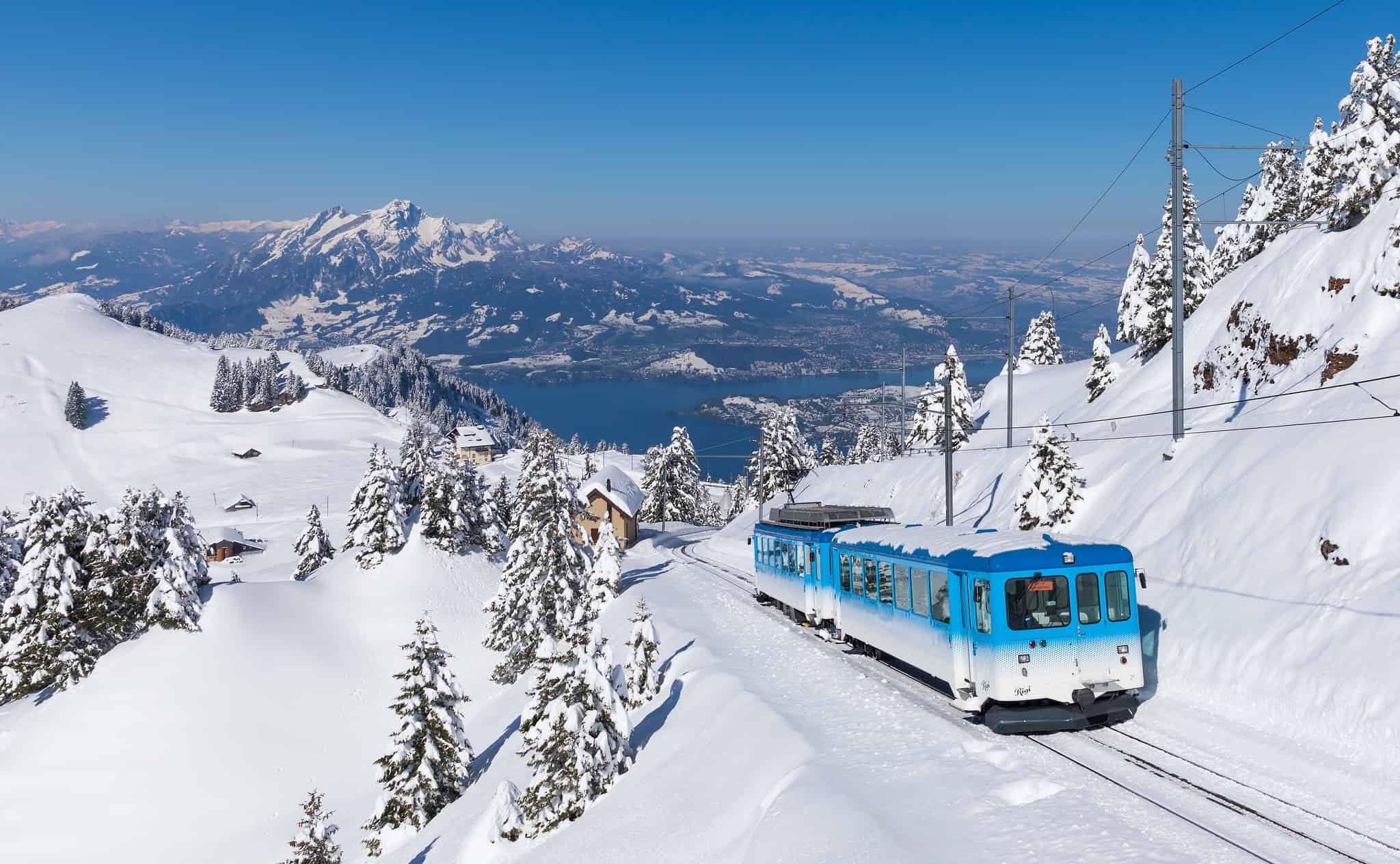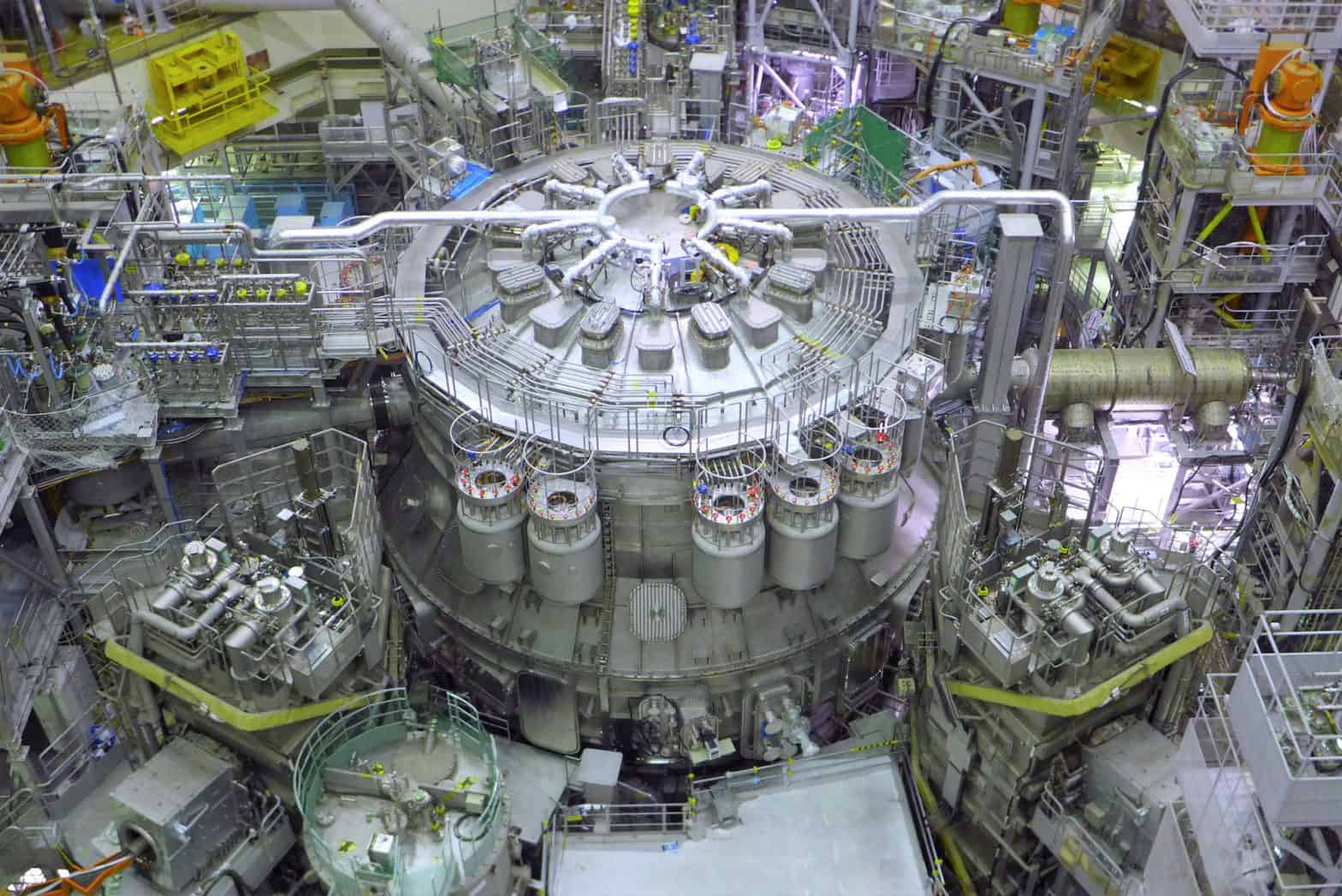
In France, La Sambuy Seythenex ski resort in Haute-Savoie is set to close permanently due to inadequate snowfall and financial constraints, a growing trend. Research published in Nature Climate Change indicates that with a 2% rise in global temperatures, half of European ski resorts could face snow shortages. Resorts are resorting to snowmaking, a process that increases water and energy consumption, to combat the dwindling snow cover. However, this is but a temporary fix. A fix that increases the contribution of the ski sport to climate change. Experts are urging stakeholders to reduce dependency on winter tourism and diversify mountain activities for the industry’s survival, as the future of skiing hangs in the balance amidst the escalating climate crisis.
- Ski resorts face challenges due to climate change: The La Sambuy Seythenex ski resort closure highlights the impact of climate change on winter tourism industries.
- Resorts are relying on snowmaking, a process that consumes significant water and energy resources, exacerbating their contribution to climate change.
- Experts recommend shifting towards sustainable and innovative experiences in mountain destinations to reduce dependency on winter tourism and adapt to changing climatic conditions.
The realities of a warmer world
One only needs to look at the closure of La Sambuy Seythenex, a ski resort in Haute-Savoie, France, to understand the harsh realities of climate change. The resort, which was managed by the local municipality, was forced to shut down due to insufficient snowfall and the resulting financial strain. The Mayor of Faverges-Seythenex, Jacques Dalex, lamented the closure, attributing it to a climatological problem that has led to a financial one. This grim tale is not an isolated incident, but rather a snapshot of a larger narrative unfolding across ski resorts worldwide.

Since the 1970s, over 180 ski resorts in France alone have had to close their operations. The problem extends beyond France, with the European ski industry facing significant threats. A study published in Nature Climate Change reveals an unsettling statistic: with a global temperature rise of 2%, half of all European ski resorts are projected to face snow shortages. This, in turn, threatens the $30 billion ski tourism industry.
A temporary fix: snowmaking
As the snowfall diminishes, many ski resorts have turned to snowmaking to ensure their slopes remain operational. This process involves spraying water into the cold air to create artificial snow. However, while it provides a temporary fix, snowmaking is a double-edged sword. The process requires significant amounts of water and energy, leading to increased emissions and further contributing to climate change.

Yet, the dependency on snowmaking is likely to increase. Under global warming scenarios of 2°C and 4°C, 53% and 98% of European ski resorts respectively are projected to be at high risk for snow supply even with snowmaking. Resorts in the Alps, Nordic countries, and Turkey may find snowmaking a viable solution, but in British and southern European resorts, rising temperatures render it ineffective.
A call for action: Diversifying mountain activities
With the future of the ski industry hanging in the balance, there are urgent calls to mitigate the impacts of climate change on winter tourism. Experts underscore the importance of diversifying mountain activities and promoting year-round tourism, which could help offset the economic losses from worsening ski conditions. Reports from Italy and Switzerland advocate for a shift towards sustainable and innovative experiences in mountain destinations.
Activities such as mountain biking, hiking, and guided walking tours can attract tourists throughout the year, helping resorts reduce their dependence on winter conditions. The case of La Sambuy Seythenex, which attempted to supplement its winter income with summer activities like mountain biking, paragliding, and guided walks, highlights the importance of this strategy.
The future of skiing and winter yourism
Climate change poses a significant threat to the ski industry, with the natural availability of snow and the duration of suitable skiing conditions expected to decrease. However, the impacts vary depending on factors such as elevation and snowmaking capabilities.
As the world grapples with the realities of a warmer planet, the winter tourism industry must also adapt or face potential extinction. The closure of La Sambuy Seythenex serves as a stark reminder of this fact. It is no longer a question of if the industry will be affected by climate change, but to what extent and how soon. The future of skiing and winter tourism hangs in the balance, and the actions taken now will dictate what that future will look like.







